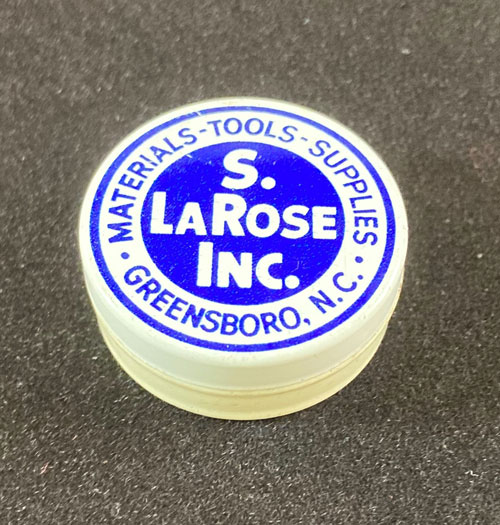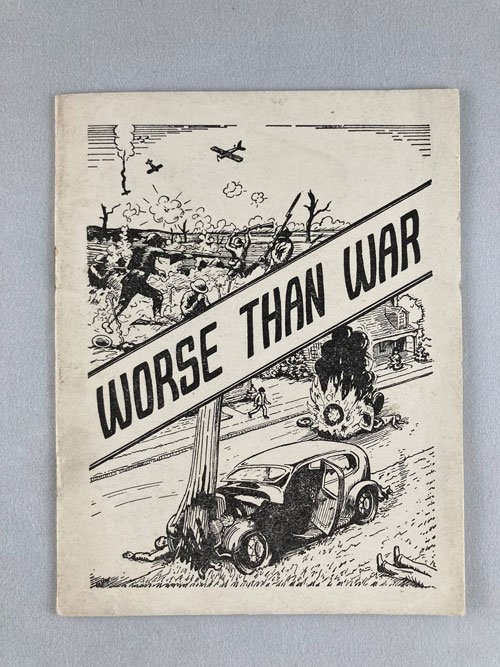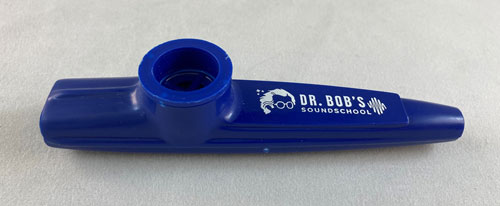I recently happened to look back at a 2014 Miscellany post on the history of “Murphy to Manteo” and rediscovered John Blythe’s enlightening and entertaining response, which surely deserves a post of its own. So here it is:
It seems that we might have Walter Hines Page, the Cary-born editor, publisher, and statesman, to thank for promulgation of “Murphy to Manteo.” Using Newspapers.com to search historic North Carolina newspapers, I found that the phrase started showing up in 1883, the same year that Page’s State Chronicle began publication in Raleigh.
In a letter to the editor of the News and Observer on Sept. 1, 1883, Page announces the Chronicle’s debut and writes:
“Its first number (September 15) will contain contributions from more than fifty leading men in North Carolina on a topic of prime importance to every voter in the State, and from distinguished journalists in other States. It has already been ordered FROM MURPHY TO MANTEO, and it will go in every county and to very nearly every postoffice in North Carolina.”
Two weeks later, on Sept. 22, in what may be self-promotional advertising, the Chronicle published a letter from a Raleigh reader asking, “What is the most beautiful town in North Carolina? I mean the one which a stranger would be most likely to pronounce the most attractive in appearance?”
The paper responds: “If you wish to become involved in an endless discussion and to be called blind and idiotic, prejudiced and insane, then you may venture to tell the people of one town that another is handsomer. But if you wish to live in peace, you had better keep your mouth shut on all such questions. The Chronicle’s information bureau is familiar with with almost every town, fair or foul, from Murphy to Manteo, but it values life and peace too high to undertake to select one as the fairest.”
Page or his staff seemed to like creating alliterative phrases to describe the state’s wide expanse. Issues of the Chronicle from the 1880s also include the phrases “Nottla to Nags Head” and “Nags Head to Nottla.” Notla, as it is spelled these days, is in Cherokee County.
The October 21, 1885, issue of the Wilmington Morning Star includes an advertisement for the newly published State Chronicle (a product of the merger of the Chronicle and the Farmer and Mechanic). The ad copy reads, “It will aim to keep up with the news from Murphy to Manteo, or, as the politicians put it, from Cherokee to Currituck.”
Page and his staff seemed to recognize that they had hit on a good phrase. In 1885 a column begins appearing in the State Chronicle titled “Murphy to Manteo” and later titled “From Murphy to Manteo, Some Things that Are Happening in North Carolina.”





